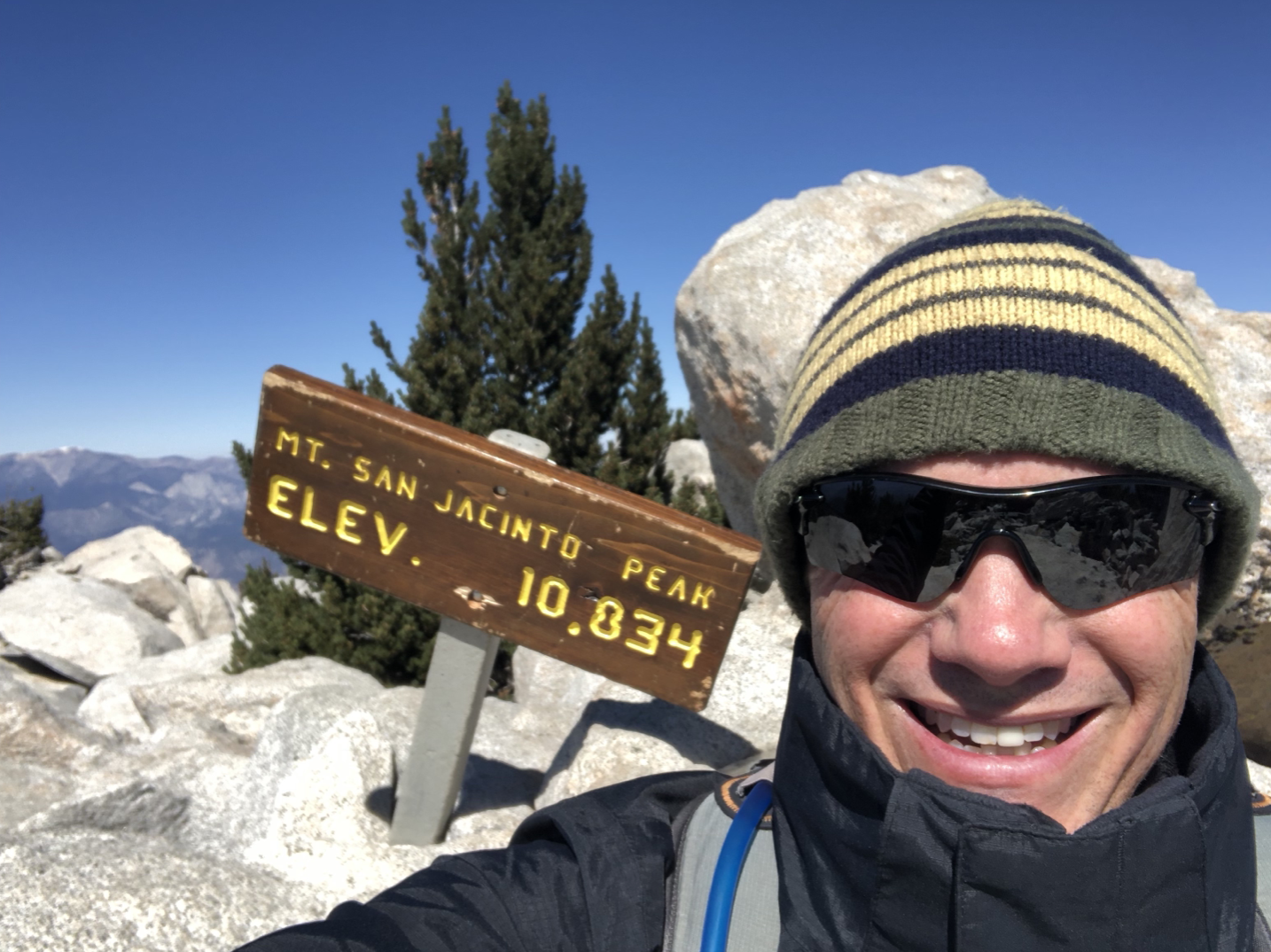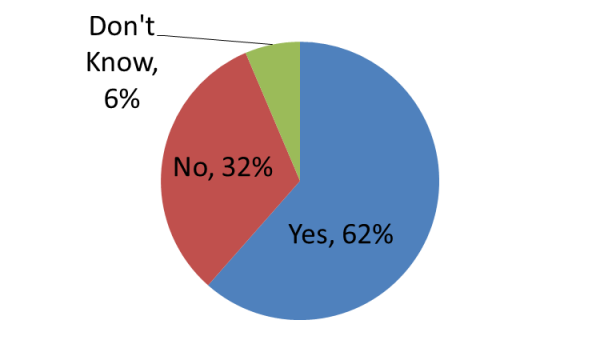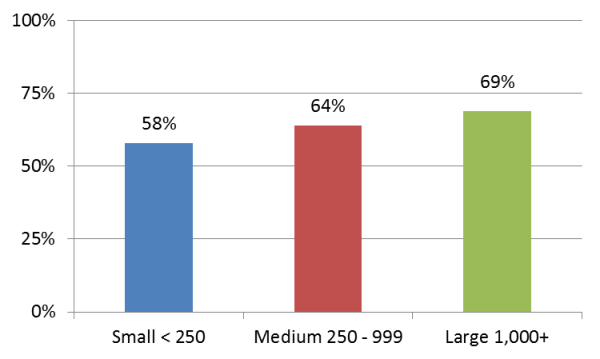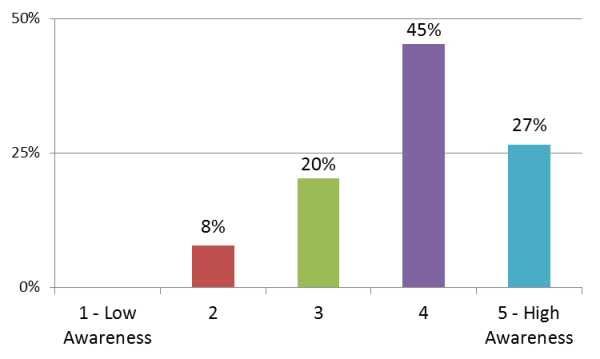I've written about customer service visions a lot on this blog.
More recently, I started calling them customer experience visions. (Here’s why.)
The customer experience vision the number one thing that companies need to consistently deliver outstanding customer service. My research into elite customer service organizations reveals that nearly all of these companies have one.
So, what the heck is it?
This post will give you a short primer on what it is, examples from leading companies, and tools you can use to create your own.
What is a Customer Experience Vision?
Let's start with a basic definition.
A customer experience vision is a shared definition of an outstanding customer experience that gets everyone on the same page.
In some companies, this is a standalone statement that's separate from other items like mission, vision, and values. In other companies, it's integrated into another statement.
Here are just a few things that can do double duty as a customer experience vision:
Corporate mission statement
Corporate purpose statement
Corporate vision statement
Corporate values
Brand promise
Customer service philosophy
Customer service standards
Here's a great example from REI where the company uses it’s purpose statement as the customer experience visiont:
A life outdoors is a life well-lived.
This statement gives all REI employees clear direction on how they should do their work.
Imagine you are planning a big hike. The employees working in a typical sporting goods store would likely picture the hiking section if you asked them for help finding hiking gear.
Employees in this store focus on the stuff they sell, not customers. They don’t think about what the customer is trying to accomplish or what could help customers be more successful.
By contrast, walk into REI to get help planning for the same hike. Unlike the typical sporting goods store, REI employees are guided by their vision, “A life out doors is a life well-lived.” This is what REI employees picture:
This is me on top of Mt. San Jacinto, having a great time.
This hike was a new challenge for me. It was longer, at a higher altitude, more remote, and featured a wider temperature variation (50 degrees!) than I had ever encountered.
Fortunately, a helpful REI associate knew exactly how to prepare for a hike like this. He patiently guided me through the store and pointed out exactly what I needed. His advice, combined with resources on the REI website, helped me plan for the hike and ensured I had an amazing time.
What makes a great vision statement?
Good customer experience visions have three hallmarks:
The definition is simple and easily understood
It describes the type of experience you want your customers to have
It reflects both who you are now and who you aspire to be more consistently in the future
Take another look at the example from REI and you'll see how it fits the test. It's one clearly worded sentence. It implicitly focuses on customers. And, it's authentic because it represents who REI actually is today.
The reason a customer experience vision like this is so essential is that it gives every employee, from the CEO to the frontlines, a clear guide to follow. I like to refer to it as a compass that points people in the right direction. Without a compass, it's easy to get lost.
You can read more about the three hallmarks of a memorable statement.
Customer Experience Vision Statement Examples
Here are just a few examples from companies that are well-known for outstanding customer service.
The Ritz Carlton
We are ladies and gentlemen serving ladies and gentlemen.
Southwest Airlines
The mission of Southwest Airlines is dedication to the highest quality of customer service delivered with a sense of warmth, friendliness, individual pride, and company spirit.
L.L. Bean
Sell good merchandise at a reasonable profit, treat your customers like human beings and they will always come back for more.
USAA
Service. Loyalty. Honesty. Integrity.
In-N-Out
Quality, Cleanliness, and Service
These examples are all a little different, but they all fit the three hallmarks of a strong customer experience vision. Imagine working for any of these companies and you can see how easy it would be to learn the vision.
Develop Your Own Customer Experience Vision
A customer experience vision is essential if you want your company to be customer-focused.
It can also work on a team level, if your span of control is a department and you don't think the rest of the organization is ready to get on board.
You can use my step-by-step guide to help you create your own.
Here are a few more tools that can help you:
Website: Service culture resources












